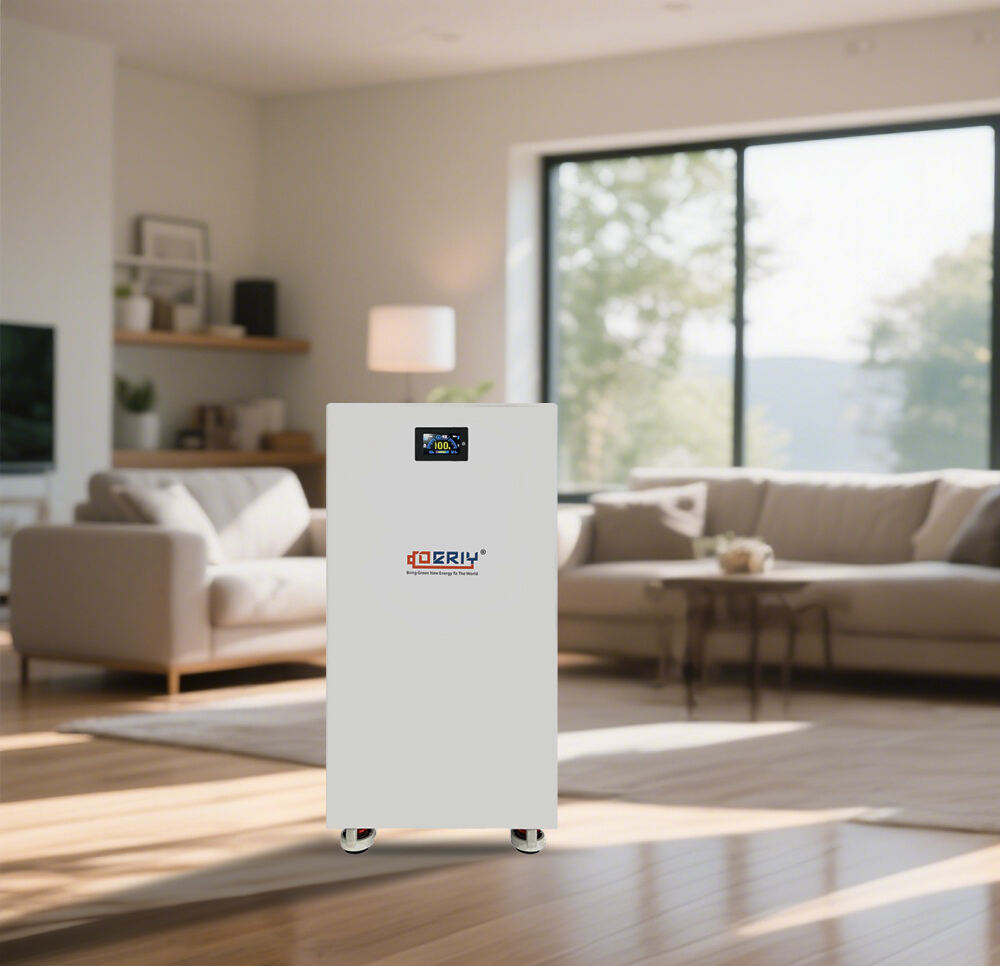Selecting the the energynowadays is critical in a home. For households that depend on electricity from renewable sources like solar, having a reliable energy storage is a must. In this guide, we help you navigate through crucial considerations that can assist you in selecting a proper lithium battery pack.
Knowing What Lithium Batteries Are
Compared to older batteries like lead-acid ones that are almost obsolete, lithium-ion batteries are far superior. Their energy density, longevity, and overall efficiency rechargeable capacity make them the preferred option for90% of the time. Unlike lead-acid batteries, lithium-ion batteries can operate at higher capacity for longer cocoons fully discharging without damaging the battery. Understanding the the technology behind lithium batteries is helpful for every home looking invest in energy.
Assessing Your Energy Needs
It helps to evaluate your household energy consumption before getting a lithium battery pack. Your average daily energy consumption, peak usage periods, and the kind of appliances used in your home all play vital roles. Conducting a comprehensive energy audit enables you to estimate how much energy needs to be stored and what size the battery pack would optimally be for your house. Also, make sure to assess any future projected energy requirements like home expansions or other energy-consuming appliances.
Evaluating Battery Capacity and Power Output
When purchasing a lithium battery pack, you need to pay attention to two specifications: capacity and power output. How much energy the battery can store is battery capacity measured in kilowatt-hours (kWh). Power output, in contrast, is measured in kilowatts (kW) and reflects the maximum amount of energy the battery can deliver at any given moment. For most homes, a battery capacity of 10-20 kWh is sufficient, but this may differ based on individual energy consumption. Make sure that the battery pack selected meets your peak power requirements without underperforming.
Compatibility with Solar Energy Systems
Integration of a lithium battery pack with a solar energy system requires strict adherence to compatibility protocols. Confirm that the battery’s connections with the solar inverter and the other elements of your energy system are functional and seamless. Some lithium batteries are made to work with solar power systems and have special provisions for energy storage and usage optimization. By purchasing these types of batteries, you can improve the functioning of your home energy system by storing extra solar energy for use during cloudy periods.
Safety Features and Warranty Considerations
Safety features should always be considered when purchasing a lithium battery pack. Look for batteries that have safety measures such as thermal management, overcharge, and short-circuit protection. In addition, take account of warranty policies provided by lithium battery manufacturers. A longer warranty is a favorable term as it indicates confidence invested by the manufacturer on the durability and performance of their product. Usually, lithium batteries hold warranties between 5 and 10 years which is a reasonably reassuring terms for your investment.
Market Trends and What’s Ahead
The market for lithium batteries is changing quickly because of the need for new sources of renewable energy. Innovations in battery technology, such as new solid-state batteries and improved recycling techniques, are creating better energy storage solutions. As an example, government initiatives supporting renewable energy are expected to lower prices which can make lithium battery packs available for household use. Following these changes can assist you with optimizing your home energy configuration.
In summary, making a thoughtful decision about buying a lithium battery pack for your home will involve acknowledging the energy requirements, specifications, safety features of the battery, and compatibility with other systems. Careful analysis of these details makes it likely that the investment will yield substantial financial returns over time and facilitate transition towards energy independence and sustainability.

